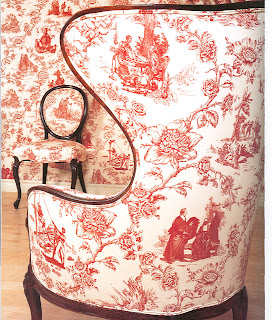PROJECT 2: THE ENCODED CLOTH
Create a cloth that communicates something essential about you and/or your culture and/or about this particular time in history. You may use any technique you deem suitable for ‘encoding’ your cloth, including, but not limited to: printing, dyeing, sewing, embroidery and/or appliqué techniques.
Consider how the design, construction and embellishment techniques and materials contribute to our ‘reading’ of your work. Consider how your installation or presentation contributes to our understanding as well; ie: how do we interact with it, see it or experience your work? Is it a flag? A coverlet? A mantle? A banner?
Following are examples of 'encoded cloths' drawn from various cultures and traditions, including the works of contemporary artists referencing these traditions.
 |
| Ceremonial cloth and sacred heirloom, 17th-18th c., handspun cotton and natural dyes, block printing, mordant painting and batik, Gujarat, India traded to Sulawesi, Indonesia |
The Anglican Diocese of Ondo Commemorative Cloth, 2002
Allison Moore, Obama Commemorative Cloth, 2007
Ghanaian Commemorative Cloth, circa 2008
 |
| Liz Ensz, War on Secularism (detail) screenprint, 2005 |
Susie Brandt, Frosty (above) and Honeypot (below) screenprint
Renee Greene, Commemorative Toile, 1992 |
Virgil Marti, Bullies (Wallpaper), screenprint, 1992-97 |
Wim Delvoye, Louis Vuitton Pigskin, 2005 |
 |
| FANTE, ASAFO FLAG 12, 40 x 57", Ghana Asofo = "war people". These appliqued patchwork banners combine the tradition of communication by proverb with military pomp and display. Flags would be created for the installation of a new captain of a local militia company and would be displayed at festivals and funerals. Each unique flag would either depict an historical event, identify the company with an animal or image of power, or depict a proverb to boast, taunt or threaten other companies. The British flag was used until 1957, since then the flag of Ghana is often substituted. The reverse side is appliqued with the same image, usually matching very closely, less so with lettering and parts of no. 14. Note the variety of interpretations of the British flag. ---Dan Mato, Professor Emeritus of Art History, The University of Calgary, Hamill Gallery Website. Photograph © Tim Hamill |
 |
| Jacket embroidered by Agnes Richter, locked away in a German mental asylum during the 1880s, due to schizophrenia |
 |
| Darrell Morris, Bellbottoms, embroidery, 2007 |
 |
| Darrell Morris, Fast Food, embroidery, 2007 |
Louise Bourgeois, She Lost It (Performance Pieces), Embroidery on Clothing, 1992
 |
| Susie Brandt, Sew Your Own Stump Flag, 1995 |















No comments:
Post a Comment